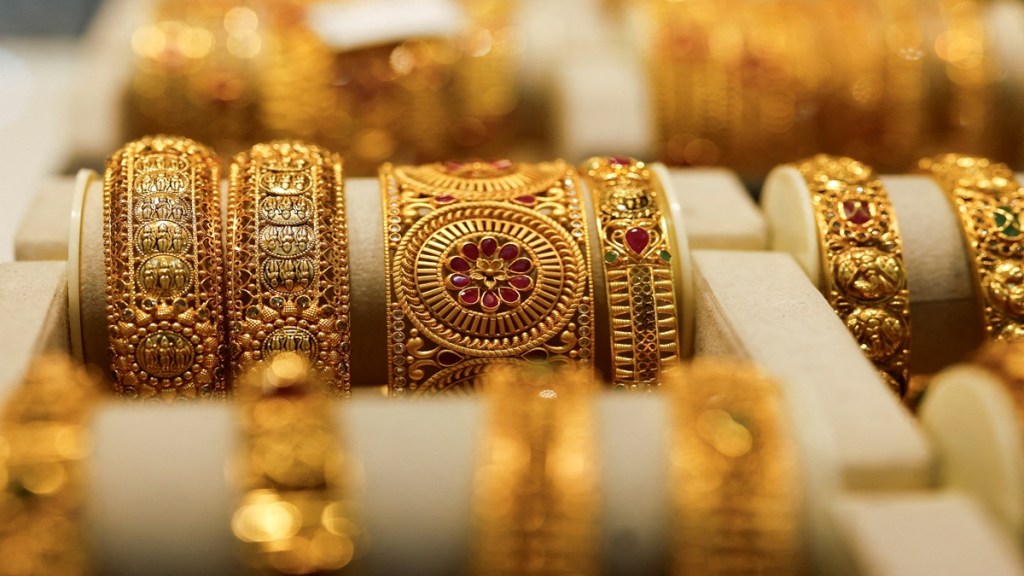Soaring prices of the precious yellow metal, which continues making gold and fine jewellery costlier, have prompted a segment of Indian customers to opt for products designed using 9-carat (9kt) gold.
Although Indians have historically touted gold jewellery as a solid investment and effective hedge against inflation, it crossed an all-time high on September 9, costing about Rs 1.1 lakh per 10 grams. Its skyrocketing rates have risked pricing out a large segment of consumers in the market.
New standard for affordability and trust
To promote affordability and increase consumer trust in low-carat jewellery, the government in July 2025 approved the hallmarking standards for 9kt gold, which is composed of 37.5% pure gold and 62.5% alloy metals such as zinc, silver or copper, for the Bureau of Indian Standards (BIS). Following this, retailers are noticing a steady but sure growth in this segment.
Atul Sinha, chief operating officer (COO) of CaratLane, said, “We now see over 1,000 customers every month choosing 9kt designs across a wide range of products,” while Mia by Tanishq’s business head, Shyamala Ramanan, shared, “We are seeing customers open up to lower-karat options such as 9kt, alongside the more familiar and affordable 14kt.
A 2025 report by Minerva Capital Research pegged India’s domestic jewellery market growth at a compounded annual growth rate (CAGR) of 16% from FY24 to FY28, ending the forecast period with a valuation of USD 145 billion.
According to Neil Sonawala, managing director (MD) at Zen Diamond, government initiatives such as BIS certification have played a pivotal role in not only spreading awareness of lower-carat jewellery in India but also bolstering consumer trust. “While certification has prompted customers to explore the 9kt jewellery segment, we at Zen Diamonds have noted a resonance amongst customers with slightly higher-carat segments, such as 14kt jewellery. In fact, we’ve recorded a 17% year-on-year (YoY) rise in demand for 14kt jewellery.”
Catering to a modern demographic and market trend
As 9kt jewellery continues finding acceptance among buyers, retailers are noticing a distinct demographic emerge within this segment. “The strongest traction comes from the 25-40 age group, with young professionals and couples opting to buy 9kt and 14kt pieces for themselves, or to gift to one another,” noted Sinha. Ramanan added that first-time buyers and value-conscious customers who want to buy diamond-studded jewellery show interest in the category too.
Deloitte’s 2025 report on India’s gems and jewellery segment noted that there is a rising demand for jewellery as gifts, particularly during the festive season or for special occasions. Both Sinha and Ramanan shared that 9kt jewellery has emerged as an affordable and preferred option amongst buyers for both festive and occasion gifting.
According to Ashish Dhir, senior director (consumer and retail) at research firm 1Lattice, segments such as 9kt and 14kt jewellery have carved a niche for themselves, similar to the lab-grown diamond (LGD) market in India. “While 22kt and 24kt jewellery is the benchmark for any big ticket purchases, younger consumers are opting for lower-carat jewellery as it falls under their budget and also provides some element of value. Like LGDs, this segment is likely to coexist with its higher-carat counterparts as a niche,” he said.

